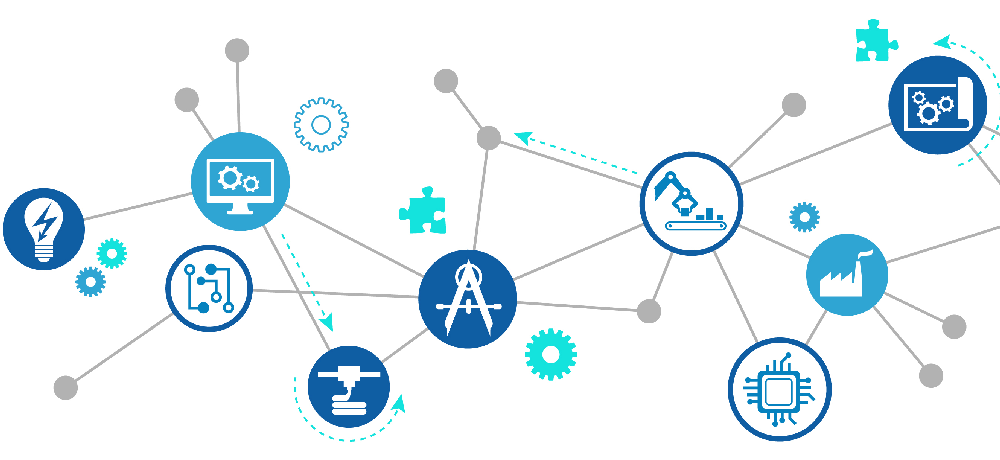Tactical Benefits of Digitisation
The advantages of digitisation can be made to deliver clear, unequivocal financial benefits. Simple examples I have seen include:
A university that reversed its enrolment declines by speeding up the processing time for new students by capturing application data via an eForm and using workflow functionality to automate the process. They additionally reduced the cost of managing the enrolment process by hundreds of thousands of dollars.
A utility company automated data capture for new connections, eliminating errors and elapsed time taken for data entry. This reduced the time taken for clients to achieve a connection by several days.
An insurance company automated and simplified application and underwriting processes by using workflow and image capture.
A large company simplified and their process of assessment for worker’s compensation self-insurance by using a single source of truth document repository which related all records pertaining to their self-insurance. This saved tens of thousands of dollars in compliance costs and ensured their million dollar self-insurance premium savings were not at risk.
Digitization is the process of converting information into a digital format . In this format, information is organized into discrete units of data (called bit s) that can be separately addressed (usually in multiple-bit groups called byte s). This is the binary data that computers and many devices with computing capacity (such as digital camera s and digital hearing aid s) can process.
Text and images can be digitized similarly: a scanner captures an image (which may be an image of text) and converts it to an image file, such as a bitmap . An optical character recognition ( OCR ) program analyzes a text image for light and dark areas in order to identify each alphabetic letter or numeric digit, and converts each character into an ASCII code.
Audio and video digitization uses one of many analog-to-digital conversion processes in which a continuously variable ( analog ) signal is changed, without altering its essential content, into a multi-level (digital) signal. The process of sampling measures the amplitude (signal strength) of an analog waveform at evenly spaced time markers and represents the samples as numerical values for input as digital data.
Digitizing information makes it easier to preserve, access, and share. For example, an original historical document may only be accessible to people who visit its physical location, but if the document content is digitized, it can be made available to people worldwide. There is a growing trend towards digitization of historically and culturally significant data.
According to an article in The Guardian in March 2007, if all spoken language since the dawn of time were digitized, it would consume five exabyte s of storage space. Total digital information, in 2006 was estimated at 161 billion exabytes. Email alone made up six exabytes of that figure.
Advantages of Digitization
No physical limits for storage
Can be accessed via the Internet
24/7 availability of access
Great saving of space (example ? library)
Preservation of old texts/ manuscripts
Easy retrieval of information using keywords
Integrated online resource sharing
It is cheaper to maintain digital library than book library
Linking and networking possibilities
Any number of times digital files can be duplicated with exactness.
Many can access a digital file at the same time


